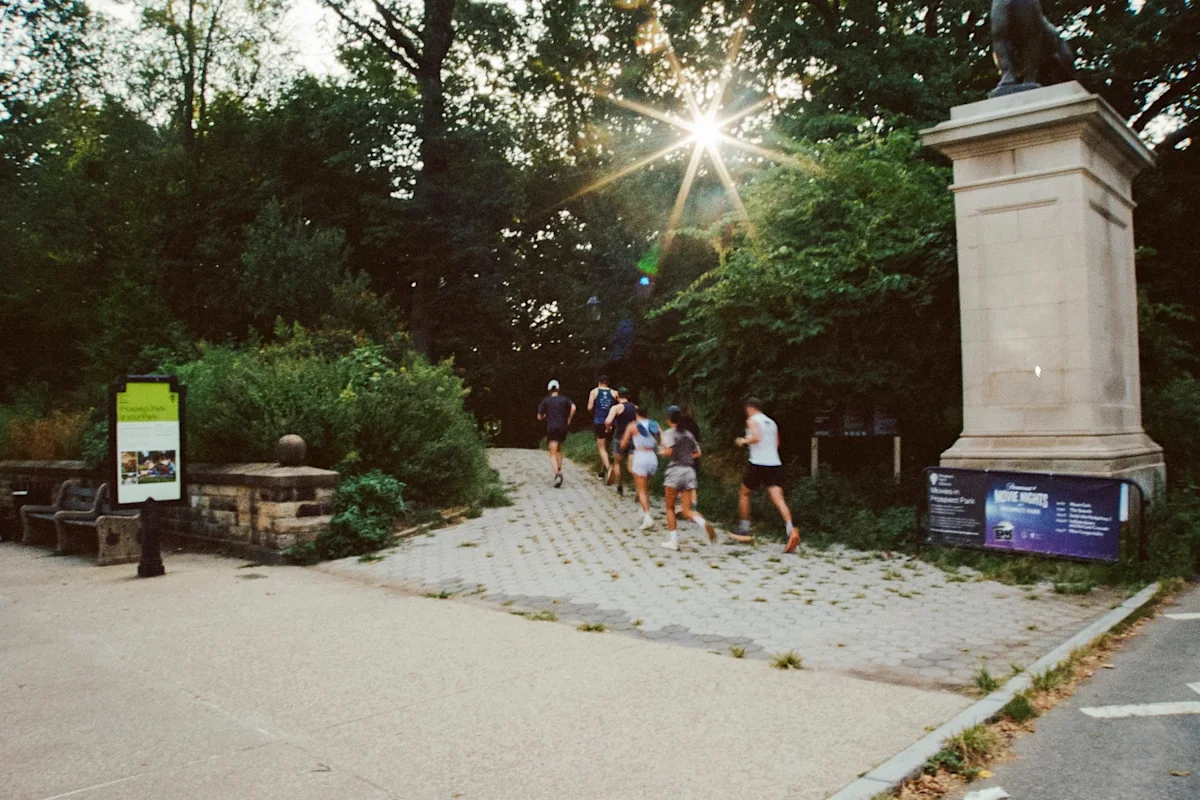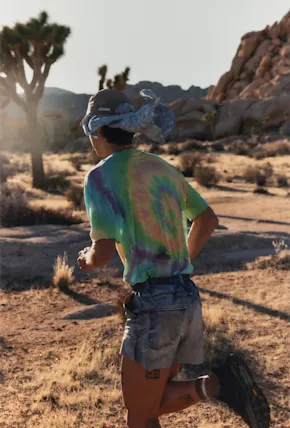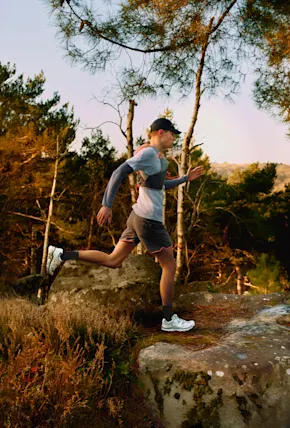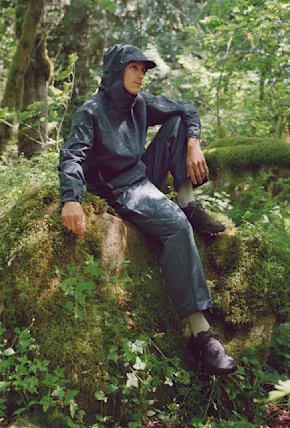Building Community Through Running
In the weeks that followed, I joined a handful of other Miler events. I went to a Sunrise Trails run first, then a Vertical Finder run that was part of their Vertical Summer 100K Challenge with Point B Movement. The challenge asked runners to log 100,000 vertical feet in New York City between Memorial Day and Labor Day.
But Morrow isn't just planning challenging runs; he's also trying to make the trails better for everyone. I met up with him and a friend as they were clearing overgrowth on a lesser-used trail in Prospect Park one morning - a bit of maintenance they take on a couple times each summer when sections become choked with brush. He sees little value in adding just another group run to the mix, but instead wants to show runners that even in familiar parks, whole new routes are waiting to be uncovered. As he explained it, “The Dirt City events have this bigger mission, which is to develop trails in the city… I know these trails; I want to share them with other people. If we were just going to do the loop at Prospect Park, what are we doing that for?” Amid New York’s countless clubs and training groups, the value of that mission lies in deepening what the city already offers. And like so many things, when you invest into running, it has a way of giving something back.

Morrow and I find common ground in the way miles open people up to one another: “I feel like running with someone, the conversations are a bit easier. You're a bit more vulnerable with people. Maybe it's the endorphins. And there's the team dynamic; I'm very thankful for that too. Blood, sweat, and tears shared together, the sort of camaraderie that comes from that.”
If you’ve ever run with a group, you’ve probably felt that same sense of connection: the camaraderie built on shared effort, and the bond formed when you and someone else are equally out of breath. It shows up in big and small ways: when a person runs their first uninterrupted 5K, when a training partner helps you push through a wall, or when someone yells your name from the sidelines of a race. Behind those moments are the people who make them possible: the ones who volunteer to pace, who map out routes and show up early to lead, or who start new groups in towns or neighborhoods that don’t yet have them. These are the builders of running culture, investing their time and energy to make the sport more welcoming and accessible. Scroll past the TikToks of singles runs and the loudest detractors, and you’ll see them; the people who show up for each other, and in doing so, make the sport grow.
Running in a Post-Run Club World
Given the state of the world over the past five years, it’s no surprise we’re in the midst of a running boom that recalls the surge of the 1970s. What began as a pandemic pastime quickly proved itself more than a stopgap: running makes you healthier, yes, but it also offers an authentic way to connect with like-minded people. I haven’t been immune to the dwindling opportunities for social connection since COVID, and that’s why the benefits of group runs quickly went beyond just the physical. I started recognizing my fellow runners and new acquaintances out in the neighborhood, and even when my participation was less-than-consistent, I always got the sense that they were happy to see me whenever I returned. At a time when third spaces are dwindling and the platforms meant to connect us often leave us more fragmented, showing up to run feels less like a chore and more like a lifeline. The run keeps you coming back, and the people you meet make it worth staying.



















